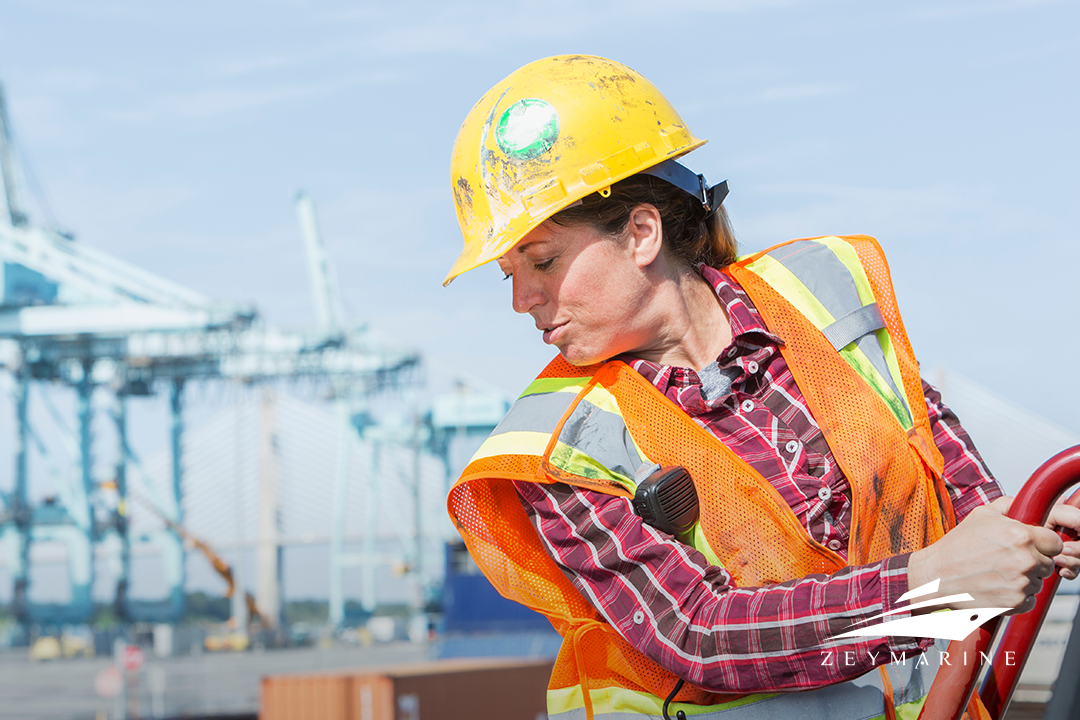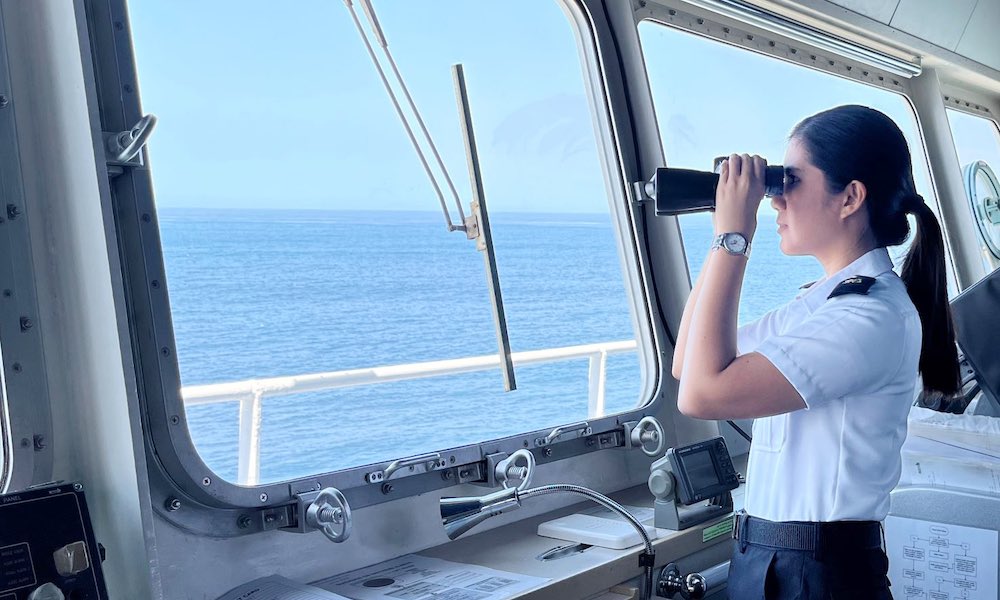Women make up just 2% of seafarers and less than 30% of the maritime workforce, according to 2021 research conducted by the IMO and the Women’s International Shipping & Trading Association (WISTA). The demand is for a greater number of women to venture out on the seas to navigate, invent, and influence the direction of the marine industry. As of 18 May, International Day for Women in Maritime, allows us to go more into this important query.
Women in the Maritime Industry
The maritime industry has always been dominated by men, but this may be set to change.
The proportion of women in the marine industry worldwide, including cruise ship crew members, is reportedly as low as 2%. The percentage of female sailors is a mere 1%. Since all eligible sailors have formal certification and service records, counting them is simple. There is, however, a lack of precise information about the number of women employed in the worldwide marine sector, including as cargo owners, ship managers, owners of ships, ports, and regulatory agencies.
Past Status of Women
Contrary to popular belief, women have a long-standing presence in maritime history.
Historically, Women have contributed to trade, seafaring, exploration, and maritime society. Women were engaged in nautical occupations and were not restricted to the shore in societies like Phoenicia, Greece, and Egypt. In times of need, they also held the position of command of ships in addition to managing home responsibilities in harbour cities and travelling with their husbands. One notable example is the powerful naval commander Artemisia I of Caria, who fought alongside the Persian fleet in the Battle of Salamis in 480 BC.
Although there have been different women sailors in different geographies throughout history, seafaring has existed throughout the ages as a line of work mostly attributed to men.
During the last few centuries, when human rights have developed more sharply than at any other time in history, women have once again become visible at sea.
Women Shaping the Future of Maritime Safety
The IMO is honouring the Day (18 May) with events and activities under the subject “Safe Horizons: Women Shaping the Future of Maritime Safety” this year.
The potential that women have yet to realize in the marine industry is among the strongest arguments in favour of more female representation in this field. All sorts of diversity encourage resilience, creativity, and innovation.
The marine industry has numerous and intricate issues in the modern day, ranging from environmental sustainability and climate change to technology innovations and regulatory modifications. To successfully traverse these difficulties, a variety of skill sets and perspectives are required. Maritime businesses may have access to a multitude of knowledge and experience by utilizing the skills of women, which will propel innovation and advancement in the sector.
Furthermore, boosting the proportion of women in the marine sector can aid in addressing the impending skill deficit that the sector is experiencing.
Although much more effort needs to be done, barriers that prevent women from entering the marine industry are being addressed. For example, the International Maritime Organization (IMO) makes it easier for women to obtain training and education related to the maritime industry and to establish professional networks across international borders.
To entice parents, shipping businesses are offering flexible work schedules that include working closer to home and spending less time away from home, especially when the children are young. Additionally, calling home is now a lot simpler because of information and communications technology.








